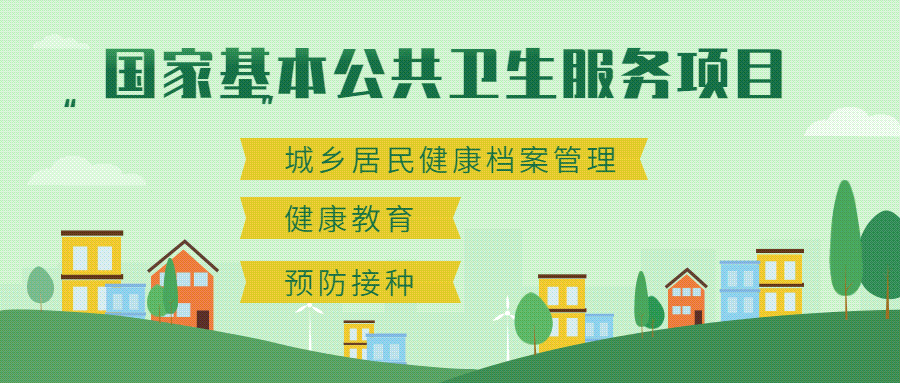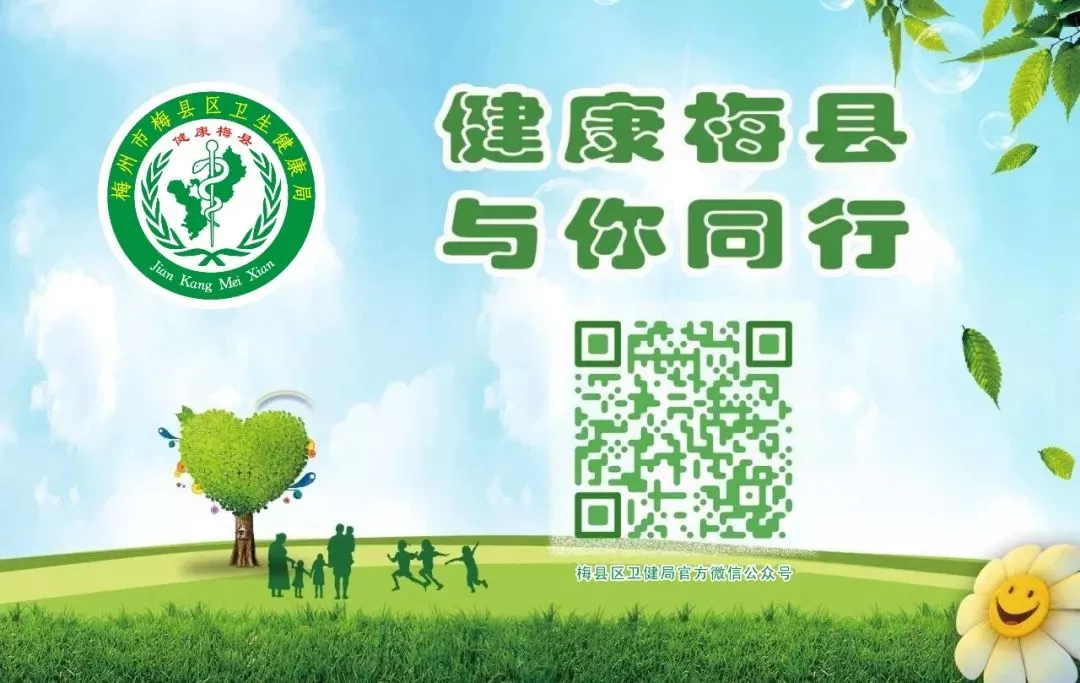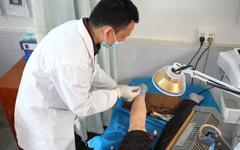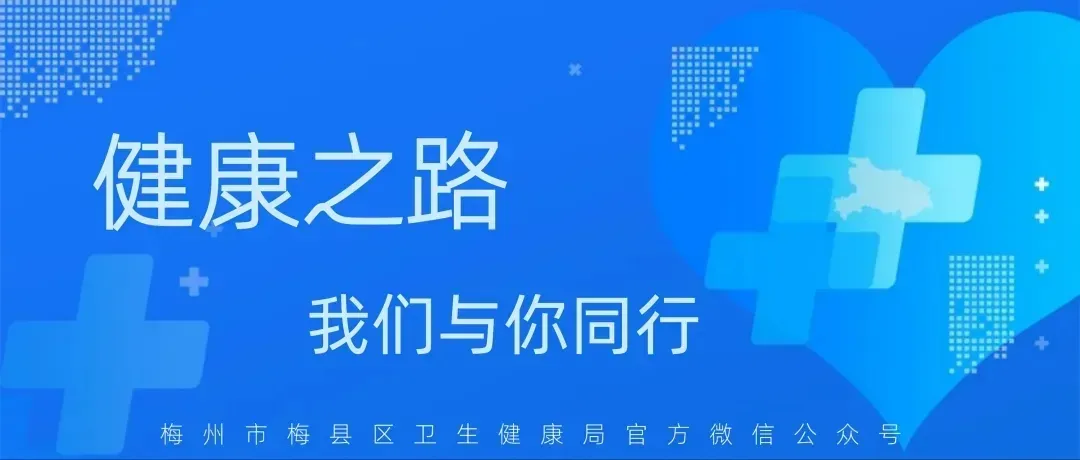
At the Traditional Chinese Medicine (TCM) Rehabilitation Department of the Nankou Town Central Health Center, a “simple, convenient, effective, and economical” acupuncture method known as Lingnan Fire Needle Therapy is gradually being promoted. Today, we invite you to explore the fascinating world of fire needles.
以下视频来源于梅县融媒中心
Lingnan Fire Needle Therapy is a traditional TCM technique that involves heating special needles and quickly applying them to specific areas to prevent and treat diseases. It is recognized as an intangible cultural heritage of Guangdong Province. The history of Lingnan Fire Needle Therapy can be traced back to the “Huangdi Neijing” (Yellow Emperor’s Inner Canon), specifically in the “Ling Shu: Guan Zhen” section, which states: “The one who uses the quenching needle treats the obstruction with the burning needle.” After thousands of years of inheritance and development, Lingnan Fire Needle Therapy has become one of the characteristic therapies of TCM, widely applied in clinical practice and continuously enriched and perfected.
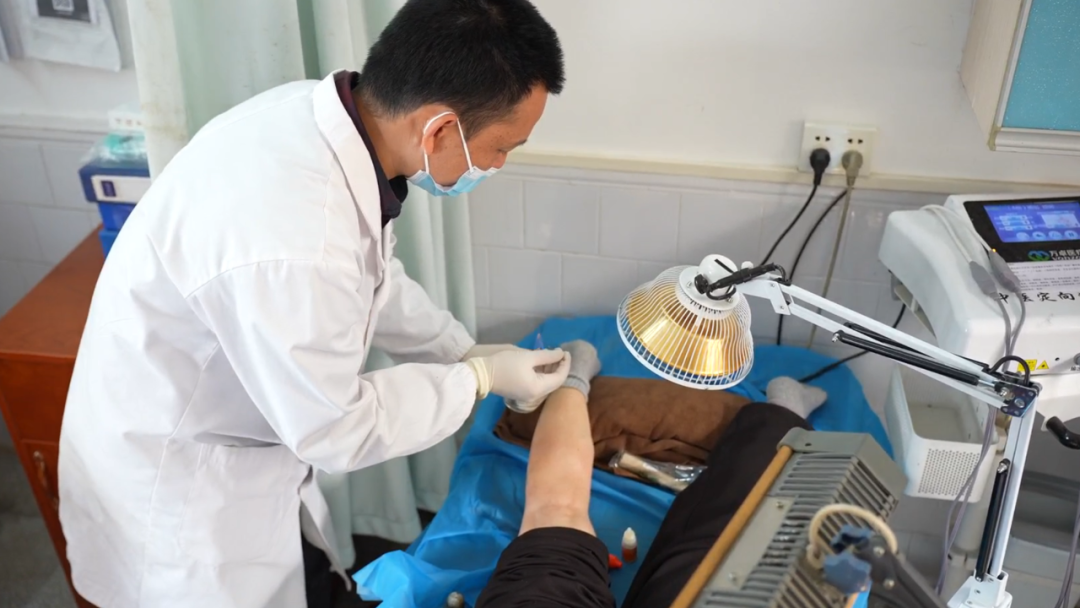
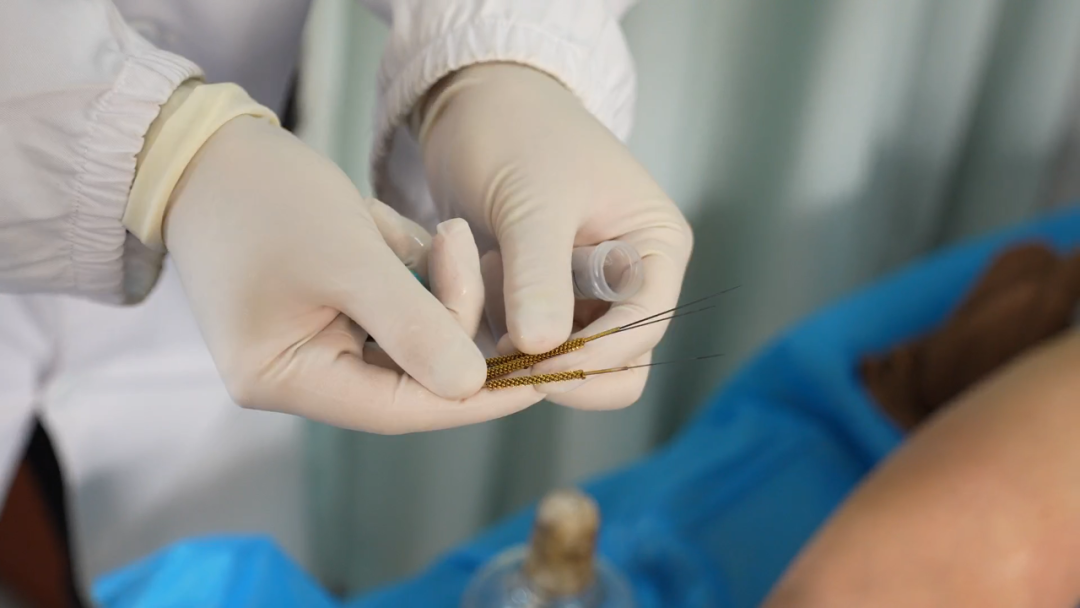 Li Youqiang, Director of the TCM Department at Nankou Town Central Health Center: The characteristics of Lingnan Fire Needle lie in its use of special materials and highly standardized operational methods, which provide better results in treating certain specific diseases. Unlike ordinary fire needles, Lingnan fire needles are primarily made of manganese alloy, crafted to be fine and heat-resistant. Lingnan fire needles come in various specifications and shapes, including combinations of thickness, length, and multi-headed designs; the operational techniques include point needling, dispersive needling, dense needling, and surrounding needling, as well as methods like cauterization, incision, and bloodletting.
Li Youqiang, Director of the TCM Department at Nankou Town Central Health Center: The characteristics of Lingnan Fire Needle lie in its use of special materials and highly standardized operational methods, which provide better results in treating certain specific diseases. Unlike ordinary fire needles, Lingnan fire needles are primarily made of manganese alloy, crafted to be fine and heat-resistant. Lingnan fire needles come in various specifications and shapes, including combinations of thickness, length, and multi-headed designs; the operational techniques include point needling, dispersive needling, dense needling, and surrounding needling, as well as methods like cauterization, incision, and bloodletting.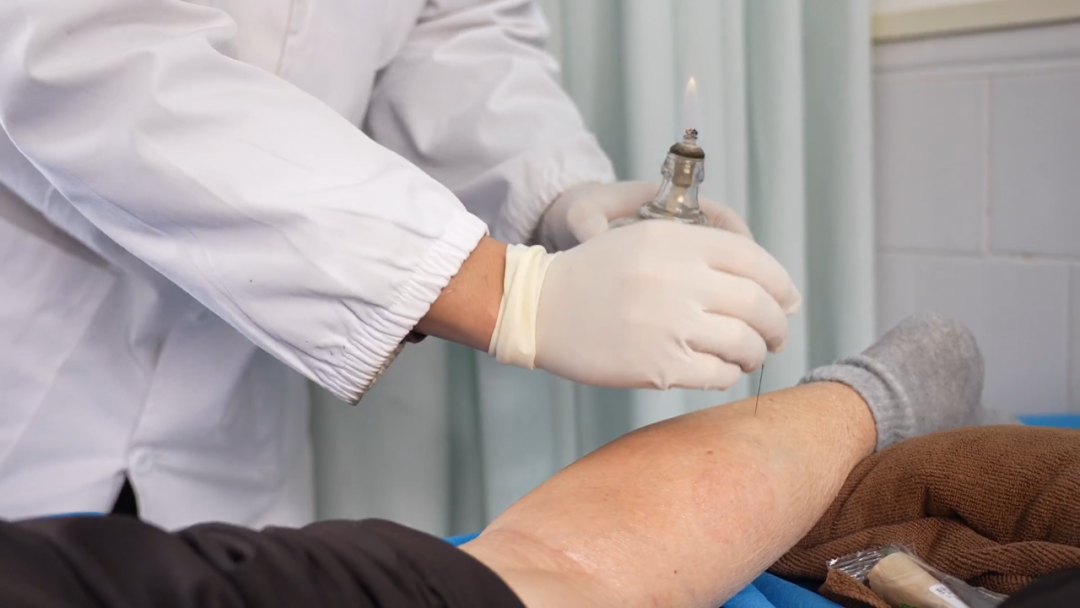 It is important to note that the operation of fire needles is more complex than that of ordinary acupuncture and requires a professional TCM acupuncturist. Before treatment, the patient’s local skin must be disinfected, and Wanhua oil should be applied to protect the skin. The selection of needles is crucial and must be based on the patient’s condition and treatment area, choosing the appropriate thickness and length of fire needle. When heating the fire needle, it should be burned until it glows white, and then quickly inserted into the Ah Shi point or the lesion, with a depth of approximately 0.3 to 1 inch. After needling, the treated area should not be exposed to water for 4 hours to keep it dry; if slight itching occurs, do not scratch.The interval for fire needle treatment is also specified: for acute conditions, once daily or every other day for 3 to 5 sessions constitutes one treatment course; for chronic conditions, once every 3 to 7 days for 5 to 8 sessions constitutes one treatment course, with adjustments made based on the severity of the condition.Li Youqiang, Director of the TCM Department at Nankou Town Central Health Center: Lingnan Fire Needle is widely used in the treatment of various diseases, especially those difficult to cure, such as eczema, herpes zoster, and rheumatoid arthritis. Additionally, Lingnan Fire Needle has shown good results in treating chronic wounds that have not healed post-surgery.Lingnan Fire Needle Therapy harnesses the power of “fire” to achieve efficacy, combining the stimulating effects of fine needles to invigorate Qi and the warming effects of moxibustion to dispel cold, often yielding remarkable results. An elderly patient undergoing Lingnan Fire Needle Therapy shared that this was her second treatment, and she has already noticed significant improvement in her hand symptoms.
It is important to note that the operation of fire needles is more complex than that of ordinary acupuncture and requires a professional TCM acupuncturist. Before treatment, the patient’s local skin must be disinfected, and Wanhua oil should be applied to protect the skin. The selection of needles is crucial and must be based on the patient’s condition and treatment area, choosing the appropriate thickness and length of fire needle. When heating the fire needle, it should be burned until it glows white, and then quickly inserted into the Ah Shi point or the lesion, with a depth of approximately 0.3 to 1 inch. After needling, the treated area should not be exposed to water for 4 hours to keep it dry; if slight itching occurs, do not scratch.The interval for fire needle treatment is also specified: for acute conditions, once daily or every other day for 3 to 5 sessions constitutes one treatment course; for chronic conditions, once every 3 to 7 days for 5 to 8 sessions constitutes one treatment course, with adjustments made based on the severity of the condition.Li Youqiang, Director of the TCM Department at Nankou Town Central Health Center: Lingnan Fire Needle is widely used in the treatment of various diseases, especially those difficult to cure, such as eczema, herpes zoster, and rheumatoid arthritis. Additionally, Lingnan Fire Needle has shown good results in treating chronic wounds that have not healed post-surgery.Lingnan Fire Needle Therapy harnesses the power of “fire” to achieve efficacy, combining the stimulating effects of fine needles to invigorate Qi and the warming effects of moxibustion to dispel cold, often yielding remarkable results. An elderly patient undergoing Lingnan Fire Needle Therapy shared that this was her second treatment, and she has already noticed significant improvement in her hand symptoms.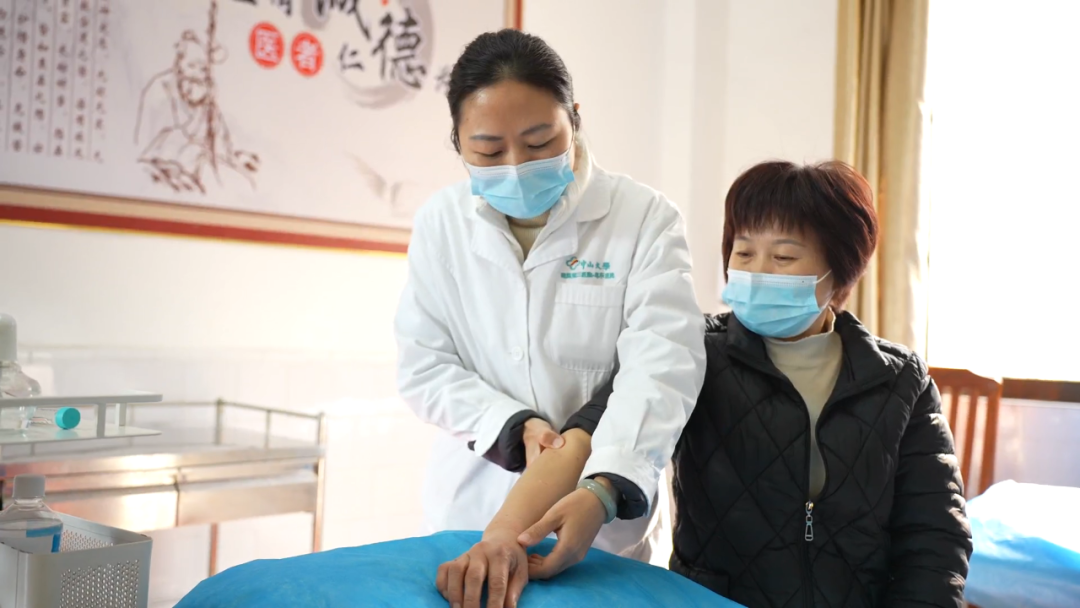 Ms. Gu: I usually do farm work, like cutting grass, and this hand gets quite tired and weak. After receiving Lingnan Fire Needle Therapy, I feel much more comfortable, and the pain has gradually diminished.Healthcare professionals noted that with the ongoing development of integrated medical and nursing care, Lingnan Fire Needle Therapy is also being applied in more elderly care settings, providing higher quality and more comprehensive health and elderly care services.
Ms. Gu: I usually do farm work, like cutting grass, and this hand gets quite tired and weak. After receiving Lingnan Fire Needle Therapy, I feel much more comfortable, and the pain has gradually diminished.Healthcare professionals noted that with the ongoing development of integrated medical and nursing care, Lingnan Fire Needle Therapy is also being applied in more elderly care settings, providing higher quality and more comprehensive health and elderly care services. Liao Haolin, Attending Physician at Nankou Town Central Health Center: TCM can alleviate various symptoms in the elderly through comprehensive conditioning and various treatment methods, especially chronic pain, spasms, and discomfort. Many age-related diseases, particularly cardiovascular diseases like stroke and cerebral infarction, as well as respiratory diseases like chronic bronchitis and emphysema, or degenerative joint diseases like neck, shoulder, waist, and leg pain, are caused by disharmony of Qi and blood and overall functional imbalance. TCM can provide personalized treatment plans through syndrome differentiation, employing traditional methods such as acupuncture, tui na (Chinese therapeutic massage), moxibustion, cupping, and herbal fumigation, or modern TCM technologies like directional drug delivery devices, infrared therapy, and electro-acupuncture, which can relieve pain and improve discomfort symptoms.
Liao Haolin, Attending Physician at Nankou Town Central Health Center: TCM can alleviate various symptoms in the elderly through comprehensive conditioning and various treatment methods, especially chronic pain, spasms, and discomfort. Many age-related diseases, particularly cardiovascular diseases like stroke and cerebral infarction, as well as respiratory diseases like chronic bronchitis and emphysema, or degenerative joint diseases like neck, shoulder, waist, and leg pain, are caused by disharmony of Qi and blood and overall functional imbalance. TCM can provide personalized treatment plans through syndrome differentiation, employing traditional methods such as acupuncture, tui na (Chinese therapeutic massage), moxibustion, cupping, and herbal fumigation, or modern TCM technologies like directional drug delivery devices, infrared therapy, and electro-acupuncture, which can relieve pain and improve discomfort symptoms.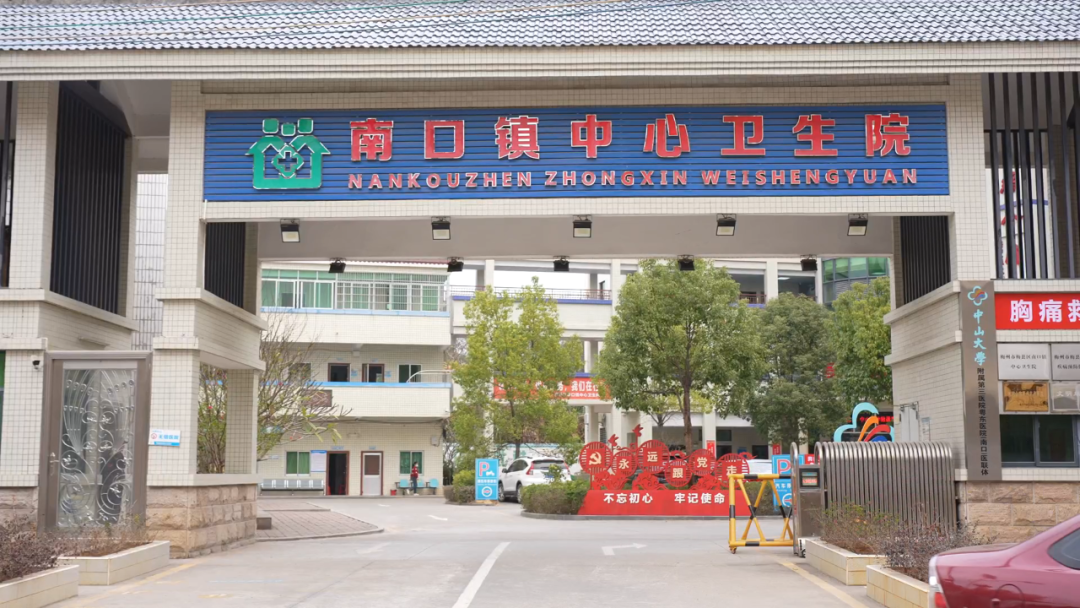 On February 6, the integrated medical and nursing care center at Nankou Town Central Health Center officially commenced operations, effectively integrating resources from the medical and elderly care systems to achieve complementary advantages, combining professional care services to create a new model of integrated medical and nursing care that includes medical rehabilitation and professional nursing.
On February 6, the integrated medical and nursing care center at Nankou Town Central Health Center officially commenced operations, effectively integrating resources from the medical and elderly care systems to achieve complementary advantages, combining professional care services to create a new model of integrated medical and nursing care that includes medical rehabilitation and professional nursing.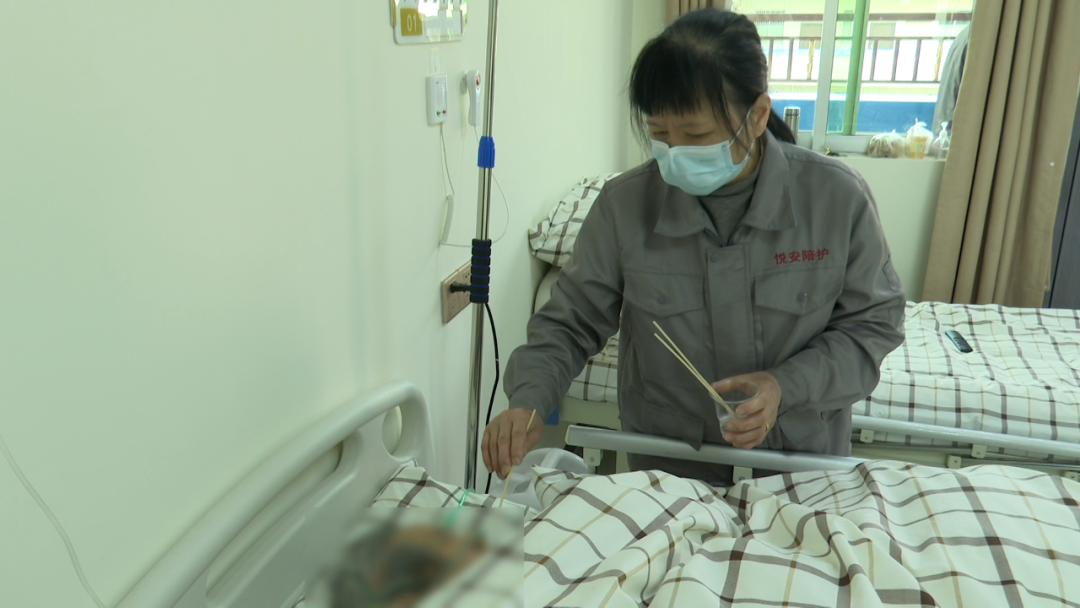
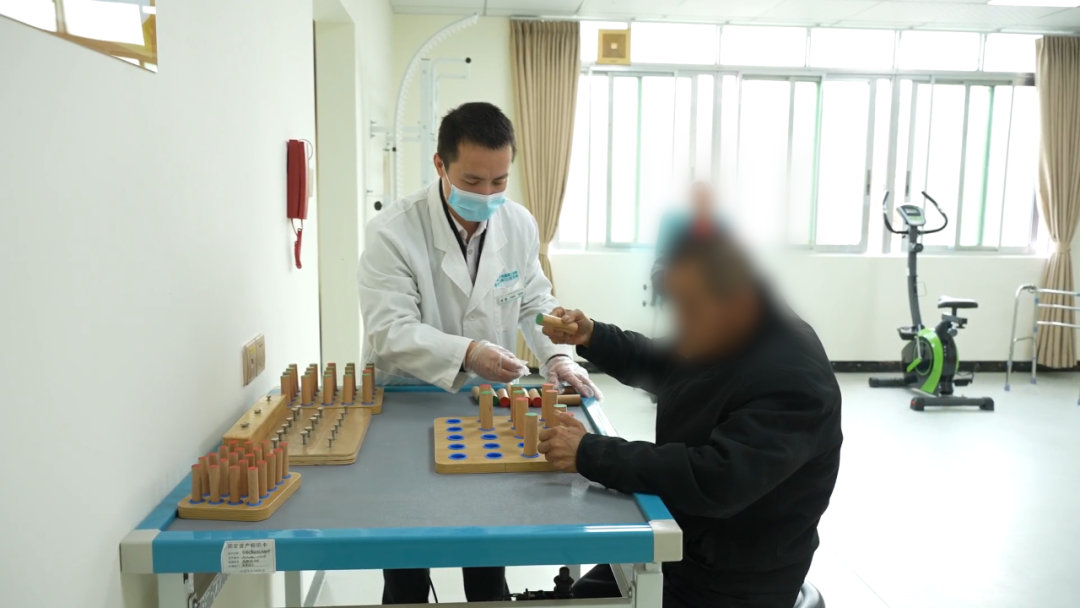 According to reports, the integrated medical and nursing care center primarily serves individuals with chronic diseases, including those who are disabled, semi-disabled, suffering from chronic heart failure, recovering from surgery, or requiring palliative care. The center provides high-quality comprehensive services, including preventive health care during the pre-illness period, treatment during the illness period, rehabilitation care, professional care, chronic disease management, and daily living assistance. Additionally, the center fully leverages the advantages of TCM in health maintenance, actively promoting the integration of TCM and elderly care services, offering TCM constitution identification, and developing personalized TCM treatment plans for different constitutions, incorporating TCM preventive care and rehabilitation into the entire service process, continuously enhancing the physical and mental health and quality of life of residents.
According to reports, the integrated medical and nursing care center primarily serves individuals with chronic diseases, including those who are disabled, semi-disabled, suffering from chronic heart failure, recovering from surgery, or requiring palliative care. The center provides high-quality comprehensive services, including preventive health care during the pre-illness period, treatment during the illness period, rehabilitation care, professional care, chronic disease management, and daily living assistance. Additionally, the center fully leverages the advantages of TCM in health maintenance, actively promoting the integration of TCM and elderly care services, offering TCM constitution identification, and developing personalized TCM treatment plans for different constitutions, incorporating TCM preventive care and rehabilitation into the entire service process, continuously enhancing the physical and mental health and quality of life of residents.
Source: Meixian Media Center
Editor: Ronghui / Initial Review: Lingfen
Re-examination: Bimei / Final Review: Jinsong
Some images in the text are sourced from the internet, for non-commercial use only, for public welfare and popular science. If there is any infringement, please contact for removal.
